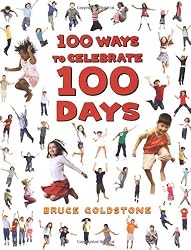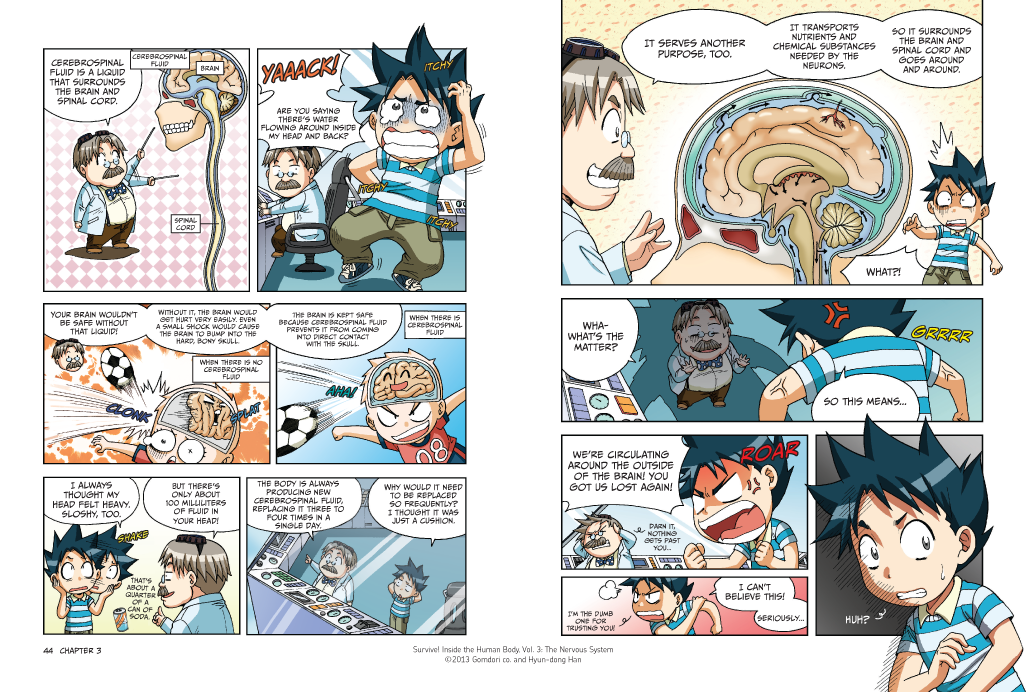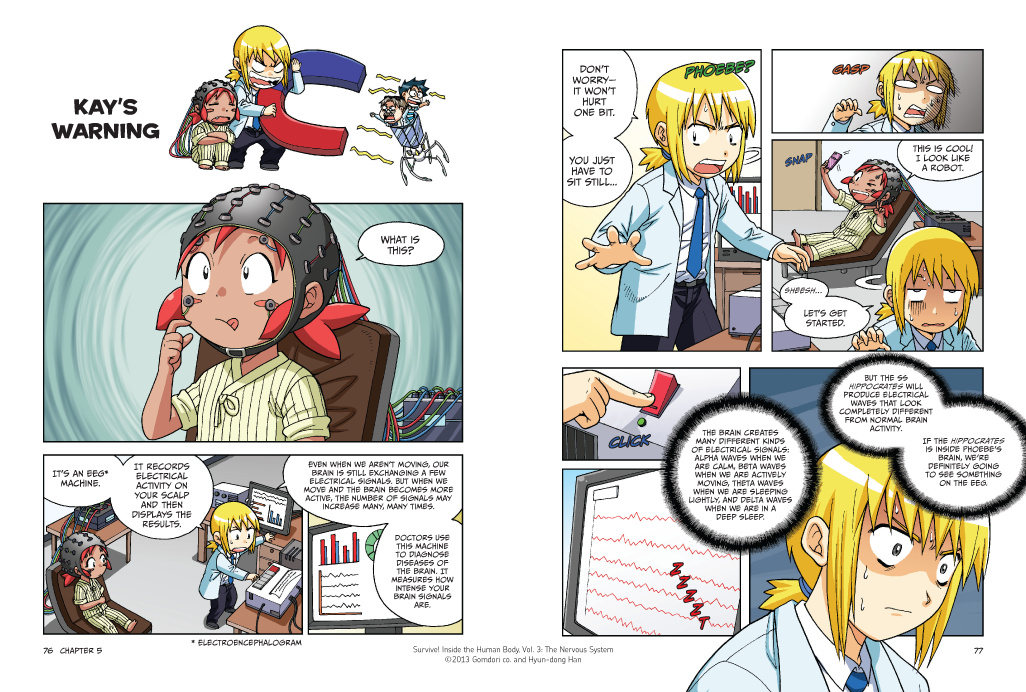
From Butterfly Wings to…Display Technology
(21st Century Skills Innovation Library: Innovations from Nature)
by Josh Gregory (Author)
Booktalk: Have you ever noticed that is it more difficult to read an electronic display screen when you are in bright sunlight? Find out how butterfly wings inspired the invention of new digital display technology that solves this problem.
Snippet: The development of this remarkable new technology began when an engineer named Mark Miles read an article about the way butterfly wings reflect the sunlight in a special way. This reflection is what creates the wings’ bright colors as the insect flutters through the air on a sunny day. Miles realized that this process could provide important clues that might help him create a better kind of display technology. He knew he would need to not only re-create the butterfly’s wing structure using available materials but also find a way to make his invention change colors on demand.

It’s STEM Friday! (STEM is Science, Technology, Engineering, and Mathematics)
Copyright © 2015 Anastasia Suen All Rights Reserved.














